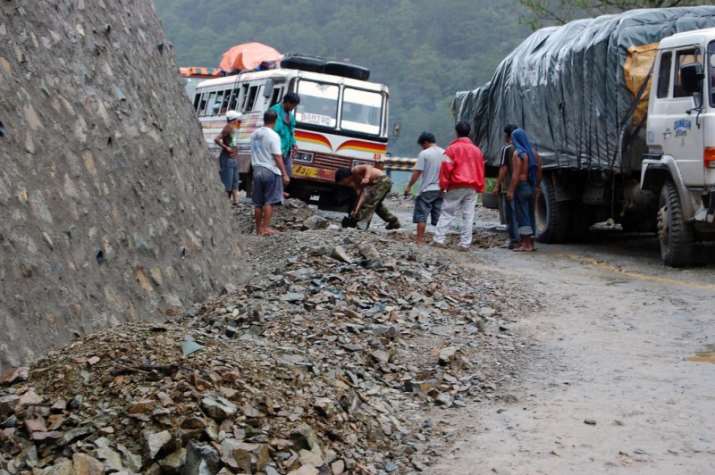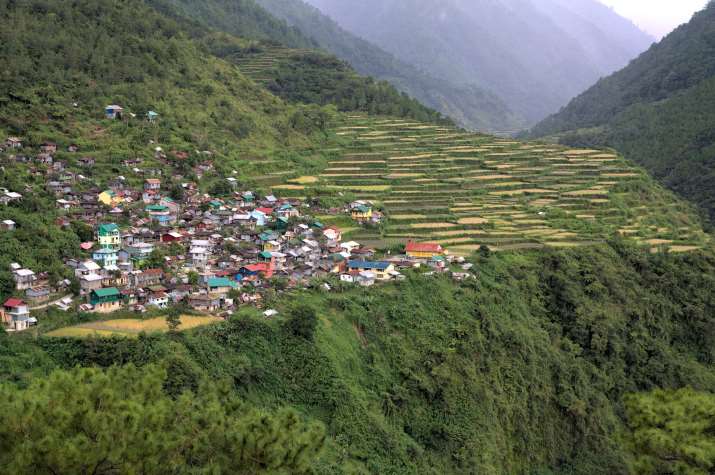Halsema Highway: Most Dangerous Driving Roads
Many travelers proclaim that the Philippines is one of the best destinations in Southeast Asia. The country is made up of over 7,000 islands, each with its own charm. The largest island of this Southeast Asian archipelago, named Luzon, is home to beaches, lush valleys, and majestic peaks, as well as one of the deadliest roads in the world—the Halsema Highway.

The Halsema Highway connects Baguio City (called the country’s summer capital for its cold weather, even during the scorching heat of the summer) and the Benguet provinces to the rest of Northern Luzon. This highway is also known as the Mountain Trail or the Baguio-Bontoc Road, and is 150 kilometers in length. Situated at an altitude of over 2,000 meters above sea level, the Halsema Highway is the highest highway in the Philippines in terms of altitude. Looking out the bus or car window, you will surely enjoy the majestic views of the vividly emerald valleys and mountain peaks.
This Philippine highway got its name from Eusebius Julius Halsema, an American engineer who was credited for the building of some of Baguio City’s most important public edifices. Halsema also served as the mayor of the famous city from 1920 to 1937, and it was during his term that the construction for this sky-high road was started. The Philippine government of the 1930’s was under American rule, and his fellow Americans serving in the government refused to fund Halsema’s project. The engineer-mayor sought the help of the locals to make his road project happen.
The Halsema Highway, since its construction, serves as one of the most important transport lines in the Northern Luzon region. Up to this day, thousands of passengers, tourists, and locals use the road to (mostly fresh fruits and vegetables that would not grow in the warmer parts of the country) to Baguio City and the provinces at the base of the mountain region, or up the mountains where notable destinations such as Sagada and Bontoc are located. These people brave the poorly maintained roads to get to their destinations—and each trip could feel like the last one as the steep drop-offs, narrow roads, and dirt crags threaten the safety of the vehicles and the passengers.

The best time to drive through the Halsema Highway is during the Philippine summer (March to April), as rains and fog can definitely turn the picturesque highway into a death trap. Mud slides (as shown to the right), landslides, and falling rocks consistently pose a threat to motorists. Every year, many people die on Halsema Highway, usually tourists on the way to the breathtakingly beautiful Sagada on buses that are driving too fast. While a majority of the road has been improved over the last few years, the asphalt can be very slippery when wet, so avoid this road during the monsoon and rainy seasons, typically from June to September.
While some motorists avoid falling into the ravine during landslides or mud slides, some portions of the road might be rendered impassable by such incidents—thus stranding motorists for long hours, if not days.